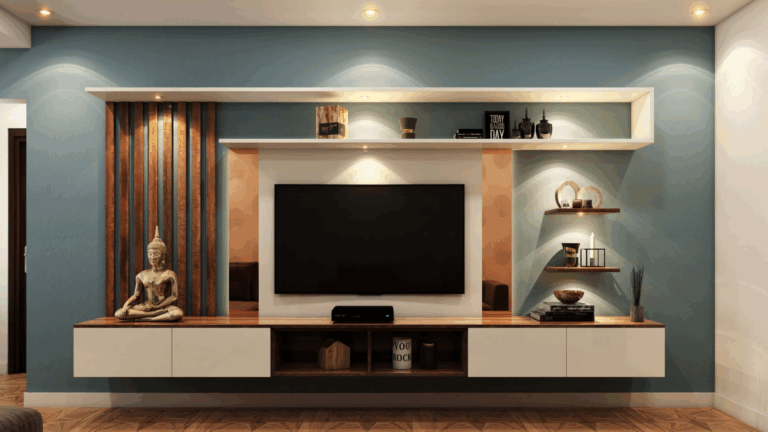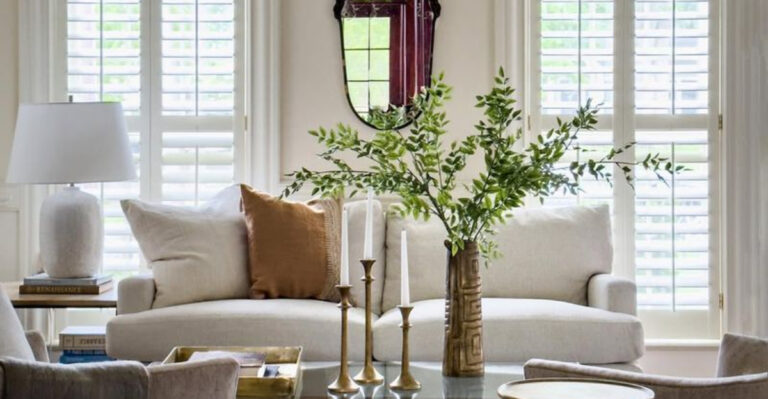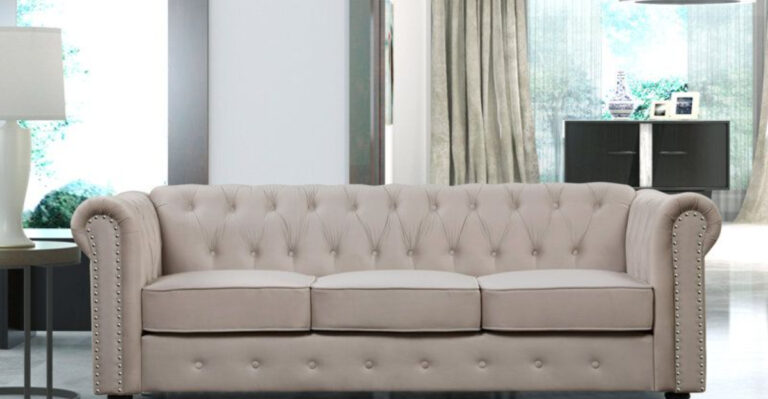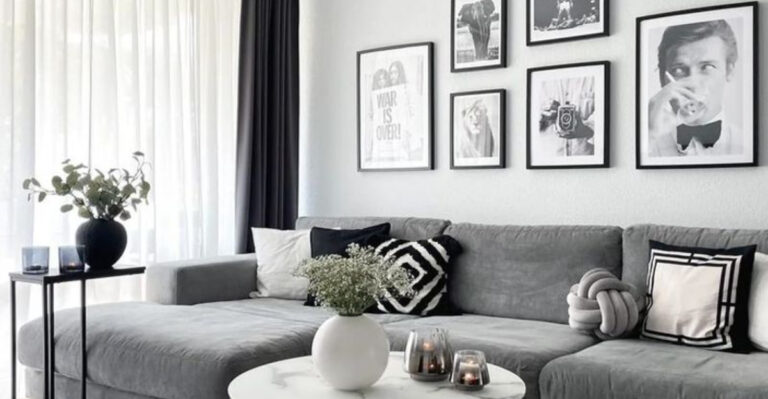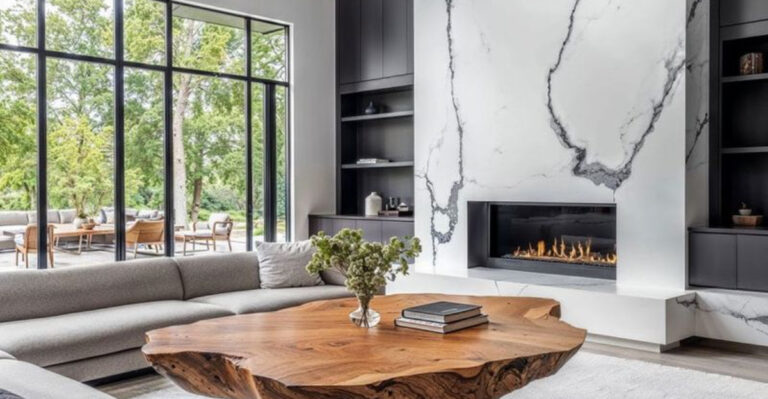15 Things You Should Remove From Your Living Room To Double Its Size, Say Professional Organisers
You know that feeling when you walk into your living room and it just feels… off? Like the walls are inching in and there’s nowhere to breathe? I’ve been there, and it turns out the problem isn’t always the size, it’s the stuff.
Professional organizers say you don’t need a renovation to make your space feel bigger. Sometimes, it’s as simple as letting a few things go.
If your living room’s been feeling more cramped than cozy lately, these smart, expert-backed tips might be exactly what you need to open things up and finally exhale at home.
1. Bulky Entertainment Centers
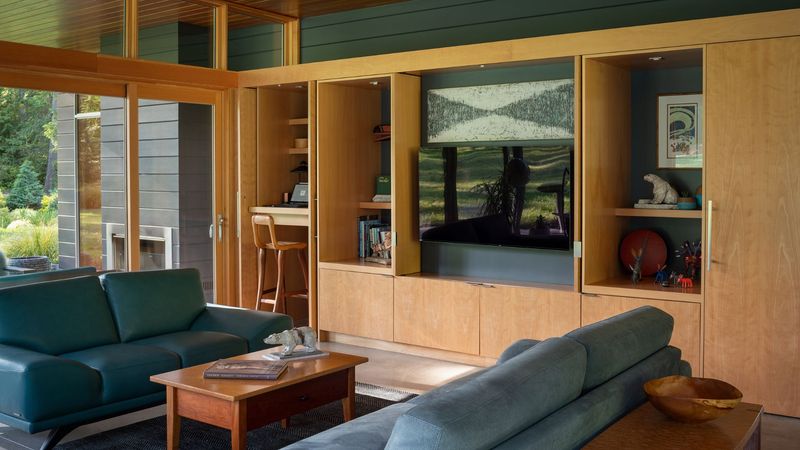
Remember those massive wooden TV cabinets from the 90s? They’re eating up your precious floor space! Modern flat screens don’t need bulky furniture underneath them.
Wall-mounting your TV creates an instant illusion of more space while freeing up valuable square footage. If you must have storage, opt for floating shelves or slim media consoles that don’t dominate the room.
2. Oversized Coffee Tables
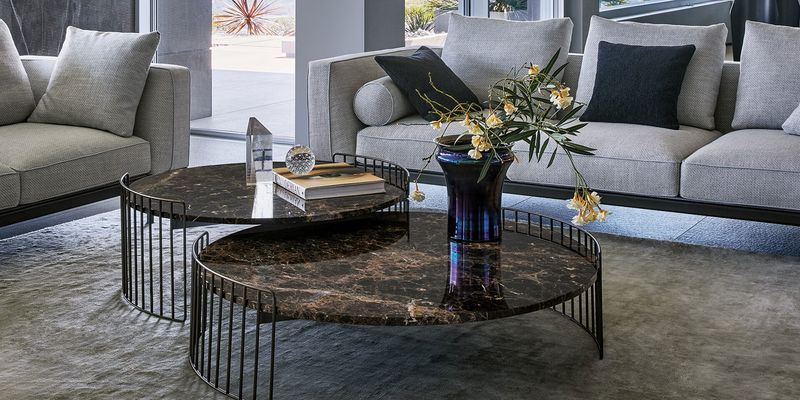
That giant coffee table might seem practical, but it’s actually a space hog in disguise. Large tables force people to squeeze around them, making your room feel cramped.
Try swapping it for a set of nesting tables or a slimmer design that doesn’t dominate the center of your room. When guests visit, you can pull out extra surfaces as needed, then tuck them away when not in use.
3. Extra Seating Nobody Uses
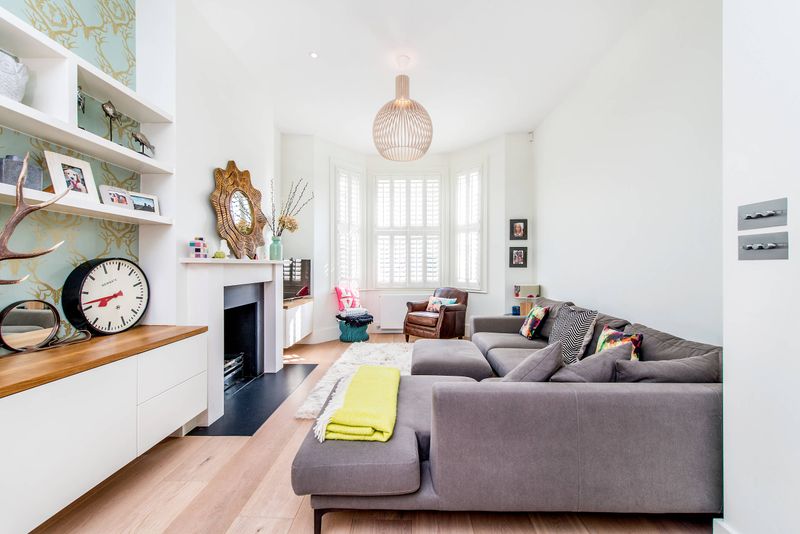
How often do you actually need seven seats in your living room? That extra armchair in the corner collecting laundry isn’t doing you any favors.
Most families only need seating for household members plus a couple of guests. Consider keeping a folding chair or two in a closet for those rare occasions when everyone comes over.
Your living room will thank you for the breathing room!
4. Decorative Pillows Galore
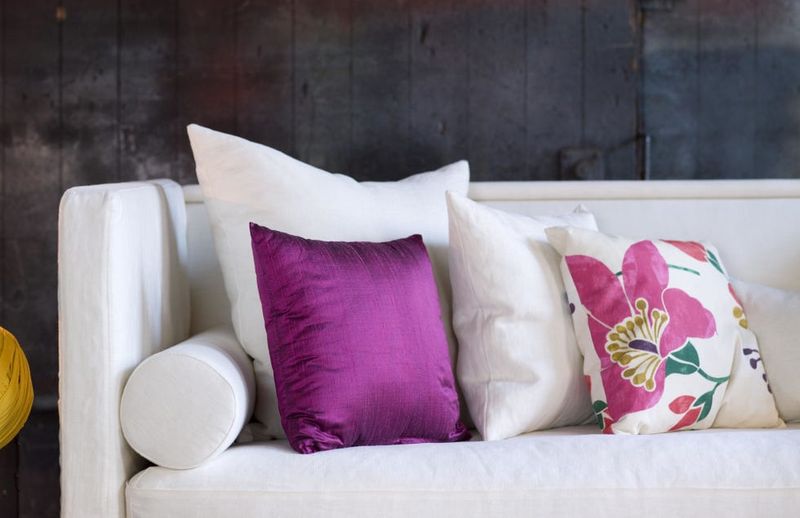
If your couch has more pillows than a bedding store display, you’ve gone overboard! Too many throw pillows shrink your usable seating space and create visual clutter.
Limit yourself to 2-3 statement pillows per couch. Your guests won’t have to perform a pillow-removing ritual just to sit down, and your room will instantly look cleaner and more spacious.
Plus, you’ll spend less time fluffing and arranging them daily.
5. Floor Lamps In Traffic Paths
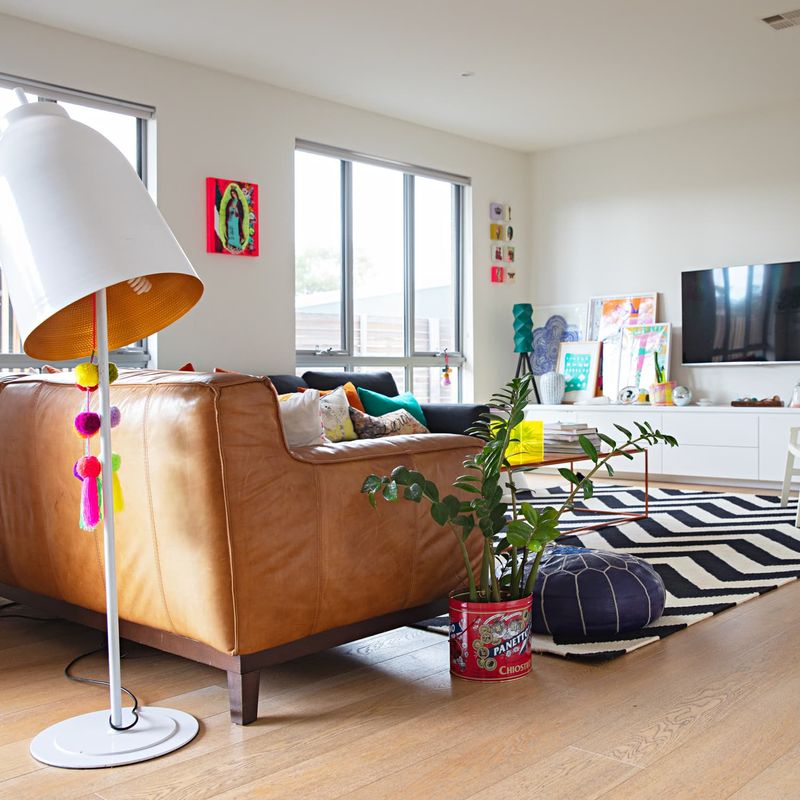
Those standing lamps might provide nice lighting, but they’re tripping hazards taking up valuable floor space. When placed in walkways, they force people to create awkward paths around them.
Switch to wall sconces or pendant lights that provide the same illumination without the footprint. Table lamps on existing furniture also work well.
Your room will feel more open, and you’ll eliminate those annoying “excuse me” moments when people navigate your living room.
6. Excessive Knick-Knacks

Those cute figurines might tell your life story, but they’re also telling a tale of visual chaos. When every surface is covered with mementos, your brain registers it as clutter.
Choose just a few special pieces to display and rotate the rest seasonally. Group similar items together rather than scattering them everywhere.
Marie Kondo wasn’t kidding—limiting decorative objects really does create a sense of calm and spaciousness in your living area.
7. Media Discs And Cases

Your DVD collection might be impressive, but it’s also a space-eating relic from another era. Those plastic cases create visual heaviness even when neatly organized.
If you can’t part with your movie library, remove discs from bulky cases and store them in sleek albums.
Better yet, digitize your collection and donate the physical copies.
Streaming services offer most content anyway, making those dust-collecting cases totally unnecessary.
8. Toy Overflow

Kids’ toys have a magical ability to multiply and take over living spaces! When playthings colonize your living room, it instantly feels smaller and more chaotic.
Create a dedicated toy zone with attractive storage bins that can be closed or hidden. Implement a rotation system where only certain toys are available at once.
The rest stay in storage until swap day, keeping the quantity manageable and your living room looking like an adult space.
9. Outdated Magazine Stacks

Those National Geographics from 2017 aren’t vintage collectibles—they’re just paper clutter! Magazine piles create visual weight and collect dust while rarely being used.
Keep only current issues in a sleek magazine holder, and limit yourself to just one. If you’re saving articles, tear them out and create a digital archive instead.
Your coffee table will look instantly cleaner, and you’ll gain back precious surface space for things you actually use daily.
10. Oversized Potted Plants

While houseplants bring life to your space, that massive fiddle leaf fig is basically furniture at this point! Giant floor plants consume valuable square footage and can make rooms feel cramped.
Opt for smaller plants on shelves or hanging varieties that don’t take floor space. Wall-mounted planters are another great alternative.
You’ll still get that biophilic boost without sacrificing precious real estate in your living area.
11. Unnecessary Side Tables
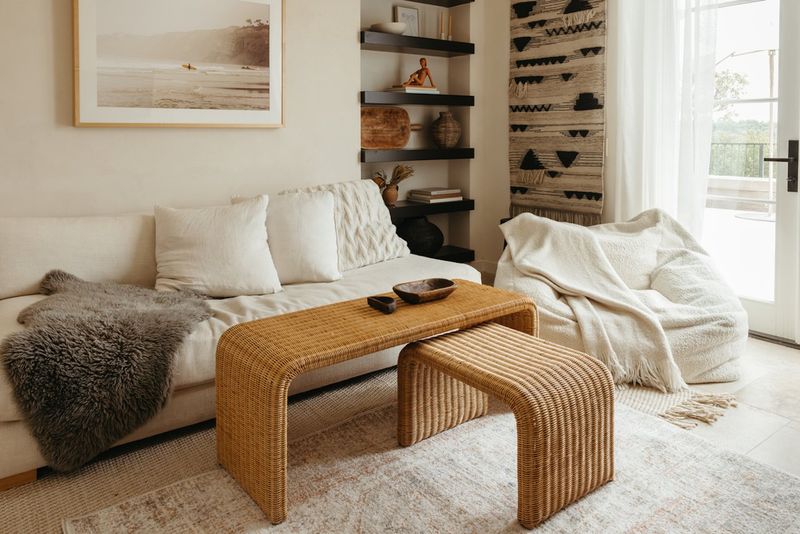
Every seat doesn’t need its own side table! Too many occasional tables create obstacles and break up the flow of your living room.
Keep only the most functional tables and remove the rest. C-tables that slide under sofas offer the same utility with minimal footprint.
For maximum flexibility, consider nesting tables that can be pulled out when needed and tucked away when not in use.
12. Heavy Window Treatments
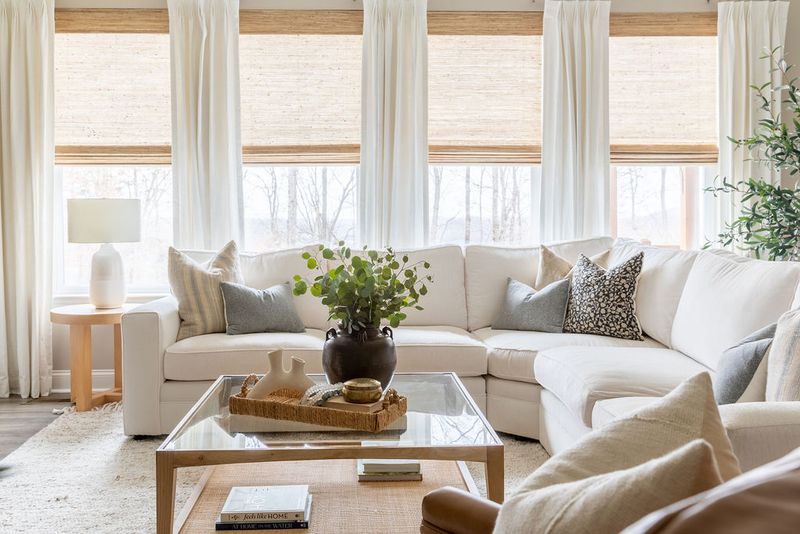
Those thick, puddling drapes might look luxurious, but they’re visually weighing down your space. Heavy window treatments block natural light and make walls feel closer than they are.
Switch to simple, ceiling-mounted curtains in light fabrics that match your wall color. Or try blinds that disappear when raised.
The increased light will make your room feel significantly larger, and the visual heaviness around your windows will vanish.
13. Bulky Recliners
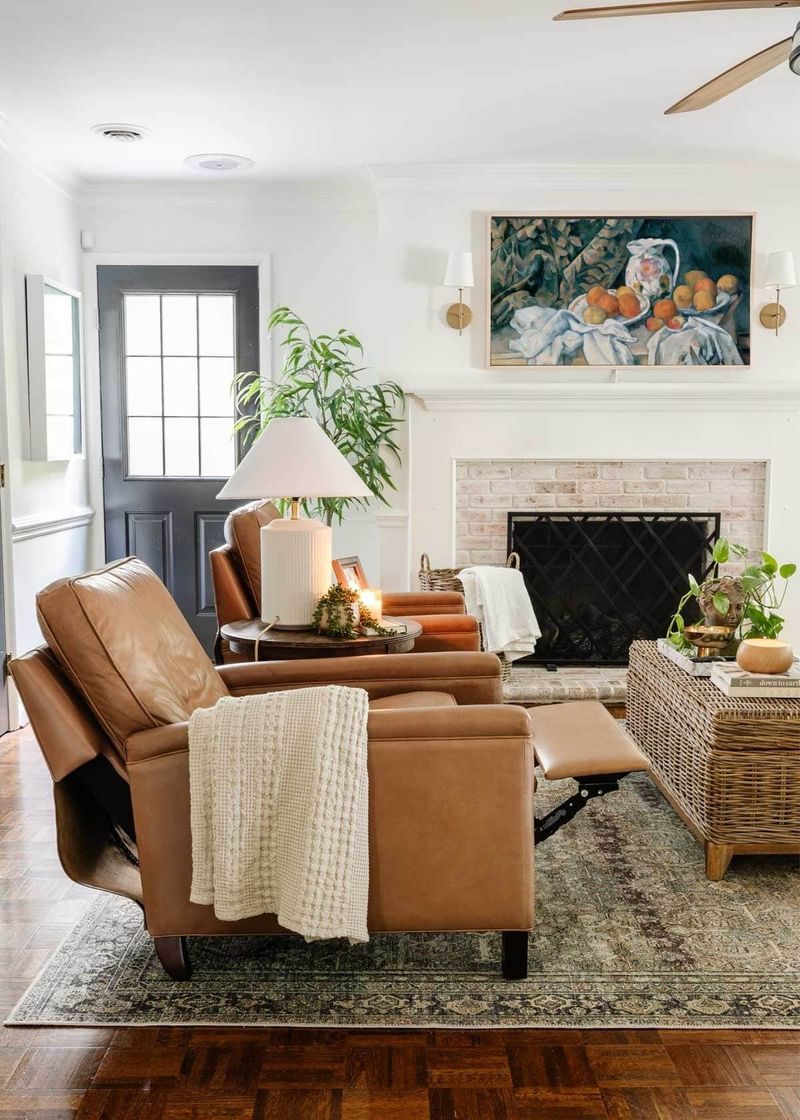
That overstuffed recliner might be comfy, but it’s probably eating up a third of your living room! Traditional recliners require significant clearance space to function.
If comfort is non-negotiable, look for wall-hugger recliners that need less space to operate. Even better, try a slim armchair with an ottoman that can be moved aside when not in use.
Your back will still be happy, but your living room won’t feel like it’s shrinking.
14. Unused Exercise Equipment
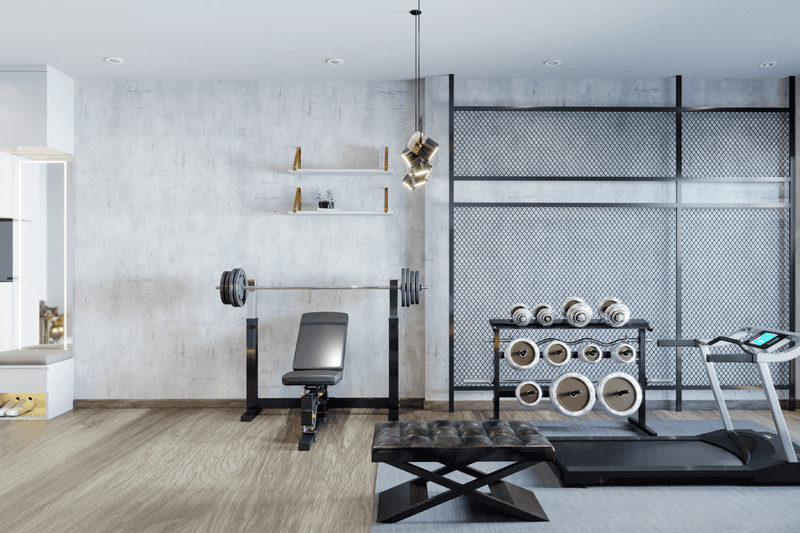
That treadmill you bought with good intentions is now an expensive coat rack! Exercise equipment is some of the bulkiest stuff we bring into our homes.
Unless you use it regularly, relocate fitness gear to a dedicated space or consider selling it. Resistance bands and yoga mats can be stored in decorative baskets when not in use.
Your living room should be for living, not for housing guilt-inducing fitness monuments.
15. Floating Furniture Islands
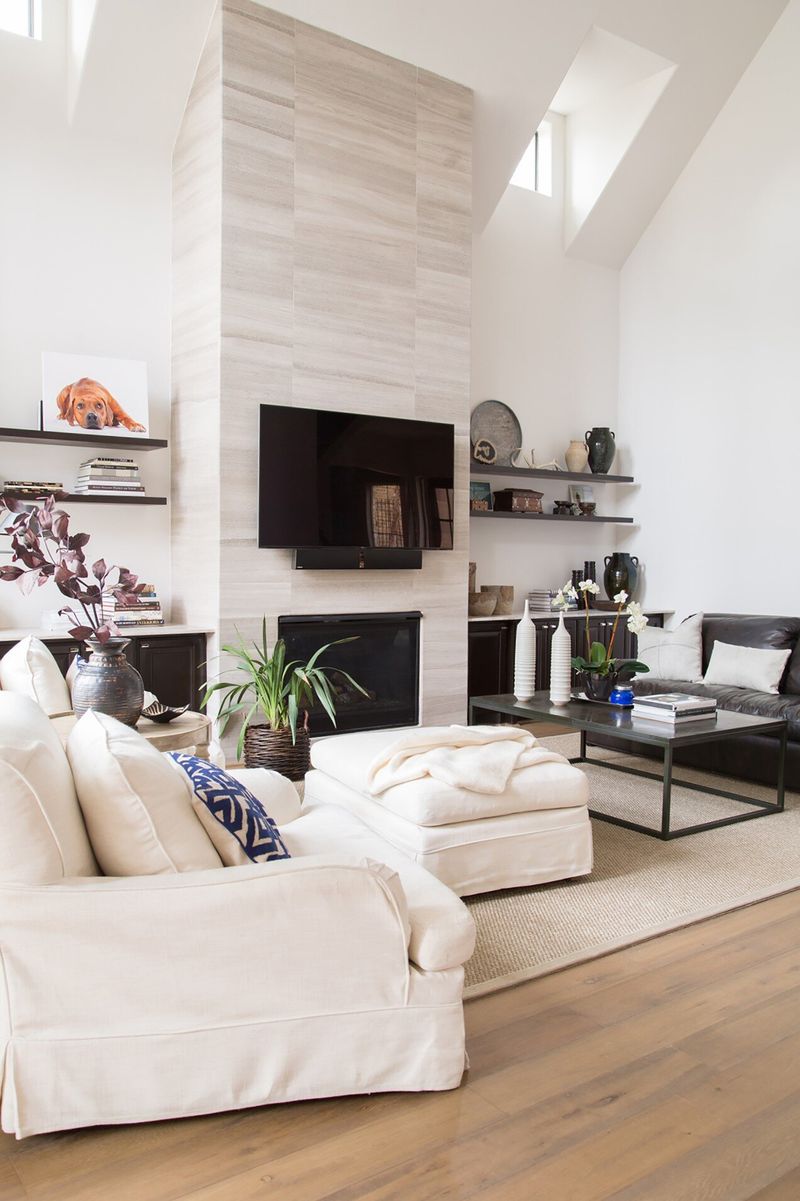
Pushing all your furniture against walls doesn’t actually maximize space—it creates a weird empty middle with an awkward walkway around the perimeter.
This “furniture island” layout makes rooms feel smaller, not larger. Try floating your sofa to create distinct zones within the room. Use area rugs to define these spaces visually.
Counter-intuitively, this approach makes rooms feel larger because it creates purpose for every square foot instead of wasted “no man’s land” in the center.



